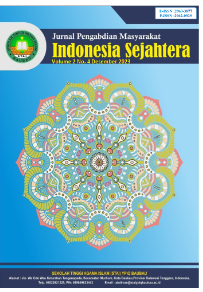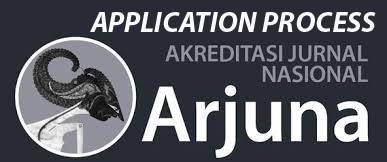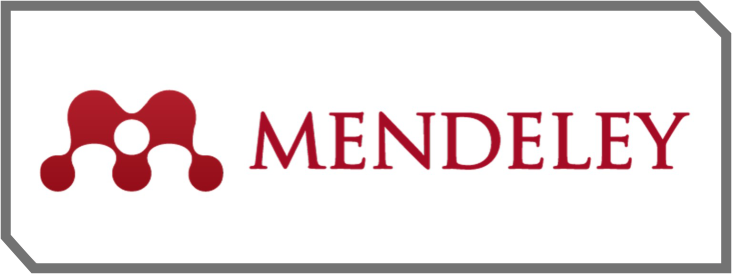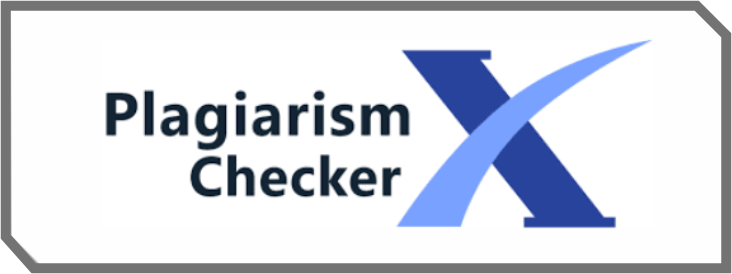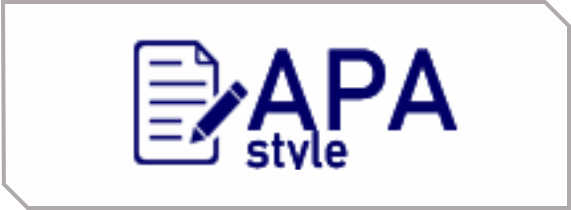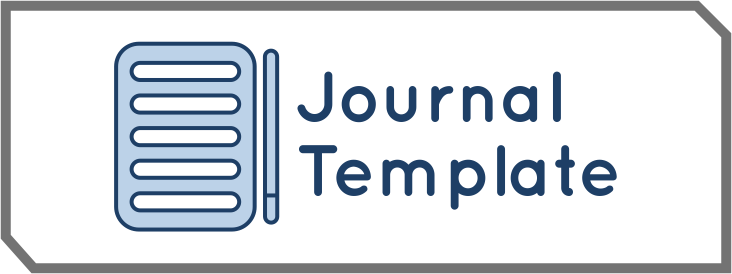Sosialisasi PHBS dan Cara Melakukan CTPS Kepada Siswa/I di SD 7 Nisam Aceh Utara
DOI:
https://doi.org/10.59059/jpmis.v4i1.2191Keywords:
PHBS, Washing Hands with Soap (CTPS), Socialization, Children's Health, Elementary SchoolAbstract
Clean and Healthy Living Behavior (PHBS) is one of the preventive efforts in maintaining individual health, with washing hands with soap (CTPS) as one of its main aspects. Elementary school children are among the groups that are vulnerable to disease due to lack of awareness of cleanliness, so socialization is needed to increase their understanding of the importance of CTPS. This study aims to socialize PHBS and how to do CTPS to students of SD 7 Nisam, North Aceh, through interactive educational methods. The activities were carried out by presenting material using PowerPoint, interactive discussions, direct practice of the six steps of CTPS according to WHO standards, and evaluation through questionnaires before and after the activity. The results of the activity showed that the method applied succeeded in increasing students' understanding of the importance of washing hands with soap. Students were more enthusiastic in participating in activities when given an interesting approach that was appropriate for their age. In addition, the involvement of teachers and schools in providing supporting facilities contributed to the success of this program. With this socialization, it is hoped that students can apply the habit of washing their hands independently and consistently, both at school and at home, so that it can reduce the incidence of infectious diseases related to hand hygiene.
References
Bahar, H., Lestari, H., Ratu, A., DS, A. S., Rezkillah, A. R., & Astian, S. (2020). Penyuluhan kesehatan dengan pendekatan epidemiologi perilaku. Guepedia.
Elly, N., Asmawati, A., Simanjuntak, B. Y., Wahyudi, A., Yuniarti, Y., AB, S. S., & Wiyono, S. (2022). Pemberdayaan multigenerasi untuk meningkatkan perilaku cuci tangan pakai sabun dan berjemur sebagai upaya pencegahan penularan COVID-19. JMM (Jurnal Masyarakat Mandiri), 6(4), 2700–2720.
Kartika, M., Widagdo, L., & Sugihantono, A. (2016). Faktor-faktor yang berhubungan dengan perilaku cuci tangan pakai sabun pada siswa Sekolah Dasar Negeri Sambiroto 01 Kota Semarang. Jurnal Kesehatan Masyarakat, 4(5), 339–346.
Nurhajati, N. (2015). Perilaku hidup bersih dan sehat (PHBS) masyarakat Desa Samir dalam meningkatkan kesehatan masyarakat. Publiciana, 8(1), 107–126.
Panggabean, F. I., & Sitompul, M. (2021). Peranan orang tua terhadap kepatuhan cuci tangan pakai sabun pada anak usia sekolah selama masa pandemi. CHMK Nursing Scientific Journal, 5(2), 56–65.
Parlaungan, J., Loihala, M., Tambunan, S. G., Mensen, R., & Tarmani, R. S. A. (2023). Pendidikan kesehatan melalui 8 (delapan) pesan perilaku hidup bersih dan sehat (PHBS) pada guru TK/PAUD. Penerbit Nem.
Pradipta, J. (2020). ANTIPANIK! Buku panduan virus corona. Elex Media Komputindo.
Raksanagara, A. (2015). Perilaku hidup bersih dan sehat sebagai determinan kesehatan yang penting pada tatanan rumah tangga di Kota Bandung. Jurnal Sistem Kesehatan, 1(1).
Riskesdas. (2018). Laporan hasil riset kesehatan dasar (Riskesdas). Kemenkes RI.
Suhartinah, S., Nurlaili, N., & Haryaka, U. (2025). Manajemen kepala sekolah dalam peningkatan perilaku hidup bersih dan sehat siswa sekolah dasar pada sekolah program kampanye sekolah sehat. JIIP-Jurnal Ilmiah Ilmu Pendidikan, 8(2), 2285–2293.
Umaroh, A. K., Hanggara, H. Y., & Choiri, C. (2016). Gambaran perilaku hidup bersih dan sehat (PHBS) di wilayah kerja Puskesmas Bulu Kabupaten Sukoharjo bulan Januari-Maret 2015. Jurnal Kesehatan, 9(1), 25–31.
Utami, I., Khansa, A. M., & Devianti, E. (2020). Analisis pembentukan karakter siswa di SDN Tangerang 15. Fondatia, 4(1), 158–179.
Downloads
Published
How to Cite
Issue
Section
License
Copyright (c) 2025 Jurnal Pengabdian Masyarakat Indonesia Sejahtera

This work is licensed under a Creative Commons Attribution-ShareAlike 4.0 International License.

